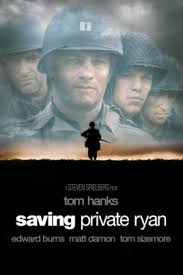What makes a good film?
A good film needs to consist of many smaller, important qualities that will ultimately create a better bigger picture. There are many different micro elements that go into making a scene, and they are all very important. One micro element is the cinematography, which needs to be well thought out in order for it to reflect the mood and setting of the scene. Also, the mise-en-scene must be specific in every detail and well constructed. For example, the colours and lighting used in a scene could be used to reflect a mood or an underlying theme throughout the film. If the wrong colours were used, it could confuse the audience and give them the wrong idea about what is happening. Another important micro element is the editing, that takes place to ensure that the film is the best that it can be. This stage in film production can help to keep the pace of the film, to make sure that it stays relevant to the audience, so they don’t lose interest. Editors can cut out scenes that aren’t necessary, to either keep it interesting or to make sure that the film will fit into its allotted time space. Editing is also important to cut out any mistakes in the film, which could ruin a scene. One more micro element that has a huge impact on the overall effect of a movie is the sound. Many famous movies all have very impressive soundtracks, as they help to create the required atmosphere. The sound can help make a suspenseful scene more tense for the audience by having soft music suddenly become loud, adding to the audience’s shock when it comes to jump scares. The soundtrack can also be very useful to fill space in a film – for example if there are no characters talking, the audience might not like the empty silence.
It is also important to consider macro elements, such as the message or value behind the film. Most films have a message behind them, and this can be explored not only by the characters and their actions, but by scenes and representation. In most films, the characters learn something by the end, and this often reflects the central message that the writers want the audience to realise. The style of the film has to also be carefully considered before and during the filming. For example, if the script has been written for a certain style, but then the director starts using a different style, the film won’t make sense. This also links to the genre of the film, which is important to consider when choosing things like lighting and props. For a horror film, the audience would expect dark scenes with little lighting, because it echoes a suspenseful atmosphere. If a horror film had lots of daylight scenes with few shadows, the intended atmosphere of the scenes would be lost. However, comedy films would generally be better lit, with more scenes set in daylight, as the film would have a more cheerful mood.



